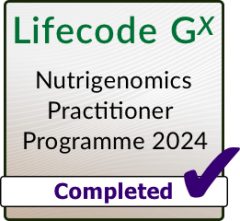Reference Number: 577
Year: 2013
Link: Link to original paper
Summary
Abstract
Traditional farmers planted diverse assemblages of wheat landraces to lower the risk of failure and increase food security because they had limited capacity to control the spatially heterogeneous and temporally unpredictable environments. This practice led to the development of landrace meta-populations of wheat and the emergence of farmers’ seed systems through which they accessed and exchanged diverse genetic material. During the last ~50 years, the introduction of high-yielding wheat varieties into, and the structural changes in wheat farming systems in developing countries, led to the loss of genetic diversity and fragmentation of metapopulation structures of wheat landraces from large parts of the Fertile Crescent, the center of origin and diversity of wheat landraces. However, the persistence cultivation of some wheat landraces attests to their continued value to farmers, or to their competitive agronomic or nutritional advantage relative to modern varieties. For farmers to continue to grow, select, and manage local wheat landraces, and to reverse the fragmentation of their meta-populations, especially in their center of diversity, and allow evolutionary processes that mold landrace diversity to continue, their value should be raised to approximate or exceed the social value of high-yielding wheat varieties. This review provides information on wheat domestication and the origin of wheat landraces; their dynamic on-farm conservation and utilization in improving modern wheat cultivars and reversing the genetic erosion of wheat genetic diversity.

